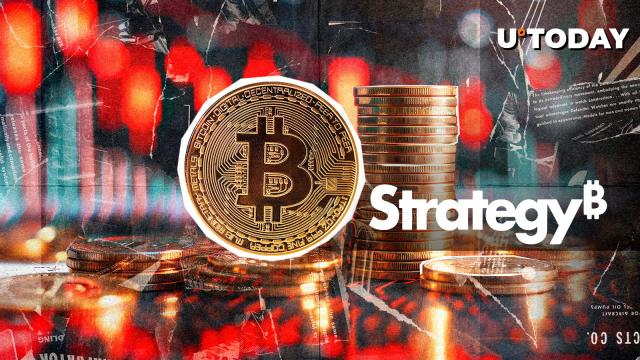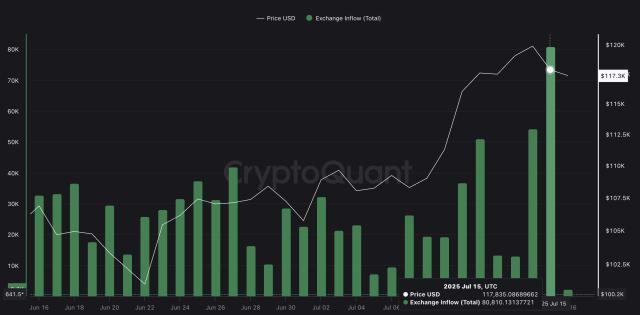TokenPost
Hello. This is the TokenPost podcast. Today, we will delve deeply into the TokenPost July 10th Crypto.com Research. It's about the new method of creating direct Non-Fungible Tokens on BTC called Ordinals protocol. They say that over 14 million inscriptions have already been created. What exactly is this, and why is it attracting so much attention? Usually, when we think of BTC, we think of digital gold, but creating Non-Fungible Tokens directly on it seems different from existing Non-Fungible Tokens, right?
Host
Yes, there is a very core system. The Ordinals theory assigns a unique number to each Satoshi, the smallest unit of BTC. Each Satoshi gets its own serial number in the order it was mined.
TokenPost
Oh, a serial number, yes yes.
Host
On these Satoshis with unique numbers, you can engrave images, text, or even video data. This data is stored in the witness data part of the BTC transaction record, becoming a permanent part of the blockchain.
TokenPost
Oh, in the transaction record?
Host
Yes. Interestingly, other blockchain Non-Fungible Tokens, like Ethereum, often store only links externally while keeping image files outside. However, Ordinals Non-Fungible Tokens have all their data inside the BTC blockchain. That's why they're evaluated as much stronger in terms of immutability.
TokenPost
Wow, so the data remains forever on BTC itself without worrying about disappearing or broken links. But wasn't this not the first attempt to represent other assets on BTC? I believe there were Colored Coins around 2012...
Host
That's right. There were several attempts before. But what makes Ordinals special is that it implemented a method of directly recording data on-chain without significantly changing BTC's existing structure. Especially, it well utilized the witness data space made possible by the 2021 Taproot upgrade. That's why it spread very quickly after being released in January 2023.
TokenPost
I see. It became possible thanks to Taproot. But there's also Bitcoin Stamps (Secure Tradeable Art Maintained Securely) released around the same time. How is this different from Ordinals? It also seems to be engraving something.
Host
Ah, good question. Stamps do store data on BTC, but the method is slightly different. Stamps store data in Unspent Transaction Outputs, called UTXO.
TokenPost
UTXO.
Host
This is in contrast to Ordinals using the transaction witness data part. Because Stamps are recorded directly in the UTXO, it makes it harder for nodes to arbitrarily remove data, or prune. So it potentially has an advantage in data preservation.
TokenPost
Ah, harder to delete.
Host
However, the downside is that the issuance cost is much higher than Ordinals, and the storable data size is limited. For example, they recommend 24x24 pixel 8-color PNG or GIF.
TokenPost
Ah, there are constraints.
Host
Yes, while Ordinals can be issued relatively cheaply, theoretically, node operators might remove witness data. So each has clear pros and cons.
TokenPost
I see. It's a choice between preservation or cost and flexibility. Are there many actual projects using these technologies?
Host
Yes, initially there were projects like Ordinal Punks, inspired by famous Ethereum projects. Also, Yuga Labs, the creators of Bored Ape Yacht Club, created a generative art collection called TwelveFold using Ordinals, which was quite a topic. And there are domain name projects similar to Ethereum's ENS that make BTC addresses more readable, like .BTC, which are also gaining attention.
TokenPost
Oh, domains are interesting. But I heard you can create not just Non-Fungible Tokens but also general tokens with Ordinals. What is this BRC-20 Token?
Host
That's right. BRC-20 uses the Ordinals protocol. It's a very experimental fungible token standard. It was inspired by Ethereum's ERC-20 but doesn't use smart contracts.
TokenPost
Without smart contracts?
Host
It's a method of issuing and transferring tokens by engraving simple JSON format text data on Satoshis. For example, setting rules like the token name is ORD, total supply is so much, maximum transfer amount per transaction is so much, just in text.
TokenPost
Wow, it's really simple.
Host
Yes, it's very experimental. But already, over 34,000 tokens have been created, including ORDI, the first BRC-20 token. This is significant in that Ordinals opens up the possibility of representing various assets on BTC beyond just Non-Fungible Tokens.
TokenPost
Wow, that's really fascinating. Creating tokens with just text commands without smart contracts! So, to summarize today's content, the Ordinals protocol is an innovative method of giving uniqueness to Satoshis, the smallest unit of BTC, and directly engraving data to make Non-Fungible Tokens or tokens exist on the BTC blockchain itself. What might this mean for our listeners?
Host
Yes, that's correct. This suggests that Bitcoin has now gone beyond being a simple store of value or digital gold, showing the possibility of expanding into a platform that can record and own various types of digital artifacts and assets. Of course, there are certainly controversial points such as increased block space usage and surging fees. It's quite noisy.
TokenPost
Yes, there are indeed many debates.
Host
That's right. But it's clear that it has opened up and breathed new life into the Bitcoin ecosystem.
TokenPost
How might these data permanently etched on the Bitcoin blockchain be creatively utilized in unexpected ways in the future? It will be interesting to think about what value it might hold beyond simple collectibles or current experimental tokens. This concludes the TokenPost podcast.








